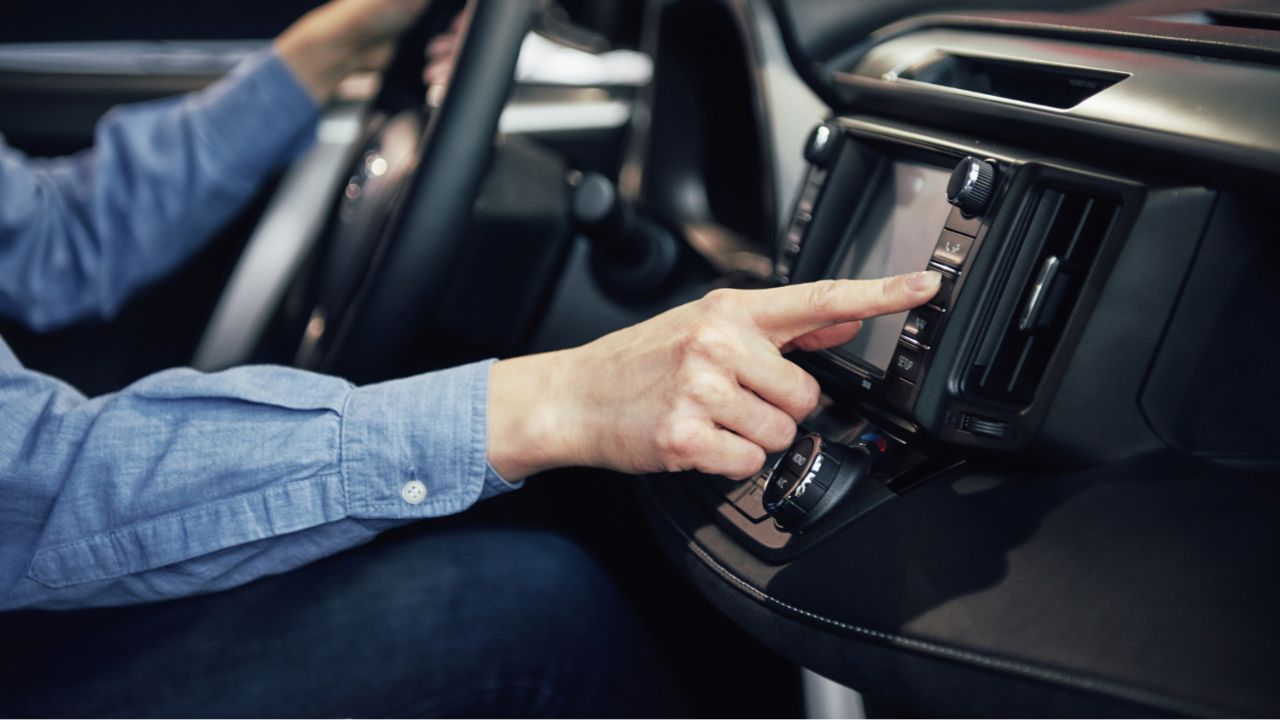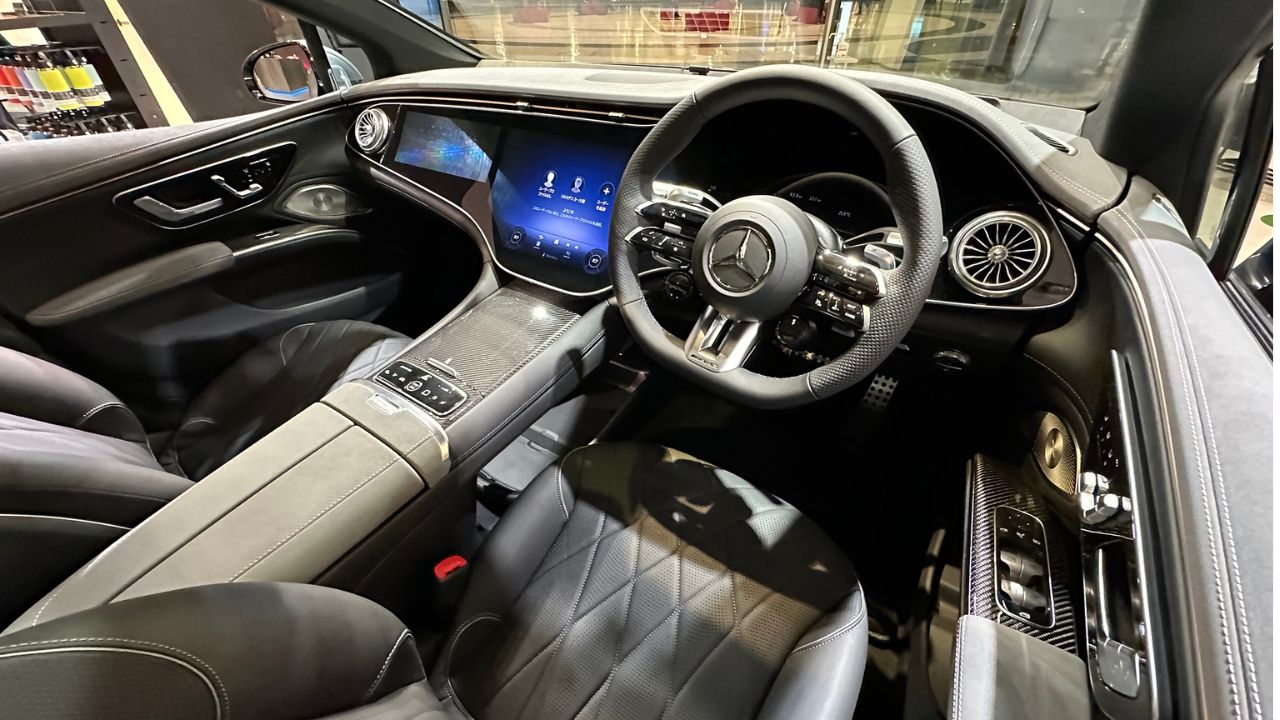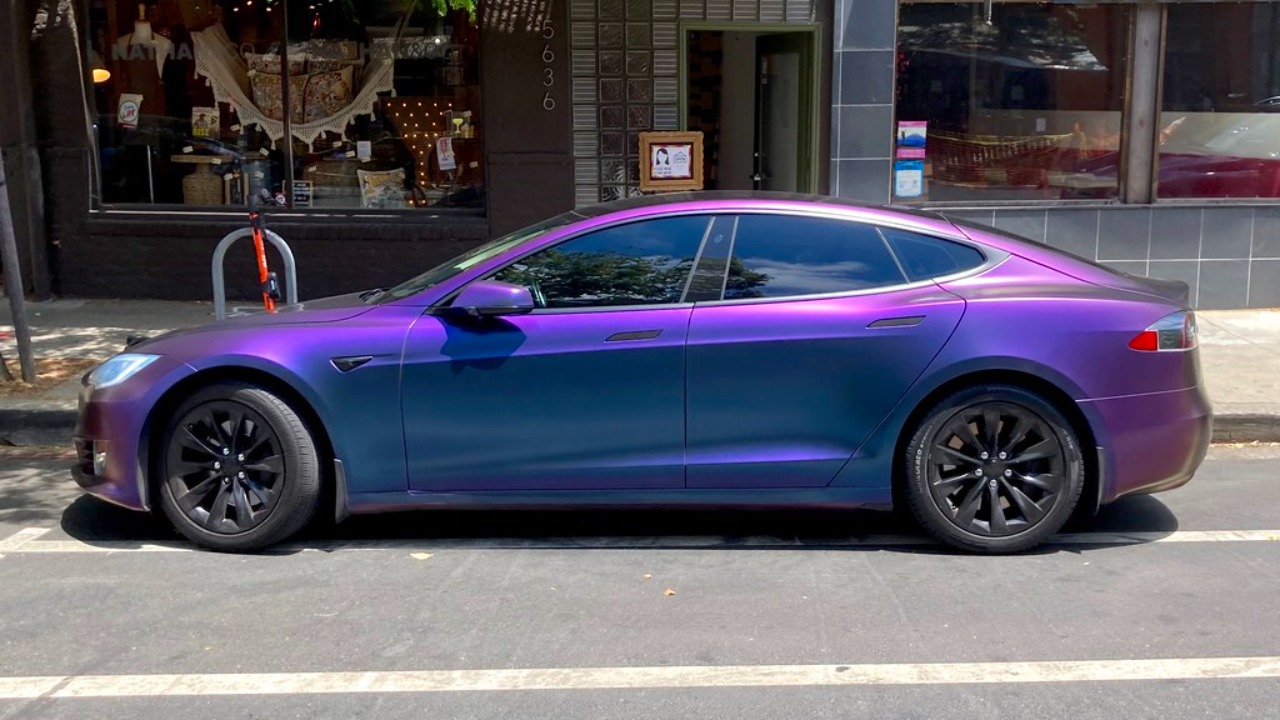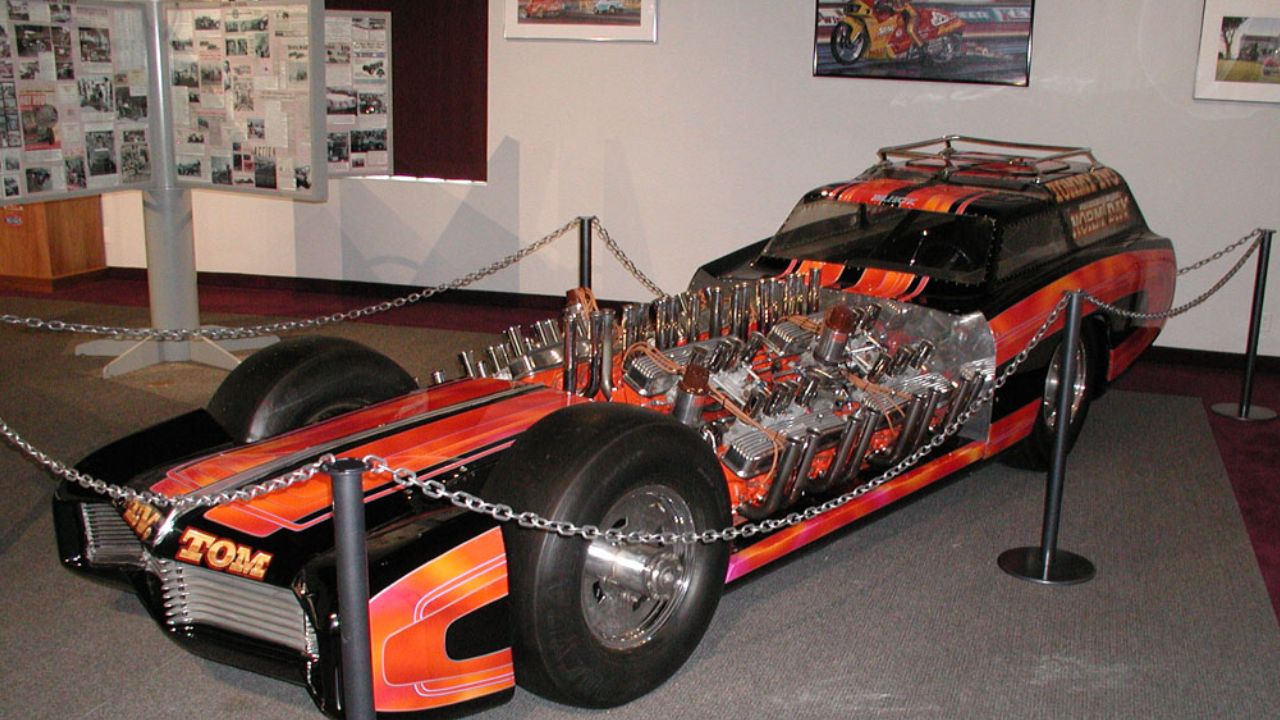The automotive industry is undergoing a significant transformation, with traditional physical buttons making way for screen-only controls in modern car designs. This shift has sparked a debate about the impact on driver experience, safety, and technology integration. Exploring the various facets of this trend provides insight into its implications for the future of driving.
The Evolution of Car Interiors
Car interiors have evolved dramatically from the days of mechanical levers and knobs. Early vehicles relied heavily on physical controls, with large, cumbersome buttons and switches dominating the dashboard. The 1980s saw the introduction of early digital displays, offering rudimentary information like speed and fuel levels. This period marked the beginning of a gradual shift towards more integrated and sophisticated interfaces.
Technology has played a pivotal role in redefining car interior design. With advances in digital technology, manufacturers have been able to replace traditional buttons with touchscreens that offer a cleaner and more modern aesthetic. Brands like Tesla and BMW have been at the forefront of this movement, with Tesla’s Model S and Model 3 featuring large central touchscreens that control most vehicle functions. BMW’s iDrive system, introduced in the early 2000s, was a precursor to the integrated systems we see today, combining touchscreen functionality with physical controls to ease the transition for drivers.
Advantages of Screen-Only Controls
Screen-only controls offer several advantages, starting with an enhanced aesthetic appeal. By eliminating the clutter of buttons and dials, manufacturers can create a streamlined dashboard that complements the sleek exterior designs of modern vehicles. The minimalist approach not only appeals to the eye but also improves the overall feel of the interior space, creating a sense of openness and modernity.
Another significant advantage of screen-only controls is the customizable user interface. Drivers can personalize their display settings to suit their preferences, adjusting everything from the layout to the color scheme. This level of customization extends to functionality as well, with screens able to integrate advanced technology such as artificial intelligence, connectivity features, and real-time data analytics. For example, the Mercedes-Benz MBUX system offers a highly personalized experience, adapting to driver behavior and preferences over time.
Challenges and Concerns
Despite the benefits, screen-only controls present several challenges, one of the most pressing being driver distraction. Traditional controls allow drivers to operate them by feel, whereas touchscreens often require visual attention to navigate menus and select options, potentially diverting focus from the road. The learning curve associated with these digital interfaces can be steep, especially for those accustomed to tactile feedback.

Reliability is another concern, as digital systems are prone to technical glitches. A frozen screen or software malfunction can leave drivers unable to access critical vehicle functions. Consumer feedback has shown resistance from traditionalists who prefer the tactile response and simplicity of physical buttons. For example, a 2022 survey by J.D. Power highlighted that some users find touchscreen interfaces less intuitive than traditional controls, especially in high-stakes driving situations.
Impact on Driver Experience
The shift to screen-only controls has a profound impact on the driver experience, balancing convenience with user-friendliness. While the ability to control multiple functions from a single interface is convenient, it can also overwhelm users with options. Ensuring these systems remain intuitive and accessible is crucial to maintaining a positive user experience.
There is also the issue of driving focus and situational awareness. As drivers adapt to these new technologies, the risk of distraction becomes a significant concern. However, as younger generations who are more accustomed to digital interfaces become the primary car buyers, the acceptance and seamless integration of these technologies are expected to grow. Manufacturers are tasked with designing systems that cater to both technologically savvy individuals and those less inclined to embrace rapid changes.
The Future of Car Control Interfaces
Looking ahead, the next decade promises exciting developments in automotive design. Screen-only controls are likely to become even more sophisticated, with interfaces that adapt in real-time to driver preferences and behaviors. Technologies such as augmented reality and virtual assistants could further enhance the driving experience, providing intuitive and immersive interactions.
Voice control and gesture-based systems are emerging as viable alternatives to touchscreens. These technologies allow drivers to interact with their vehicles without taking their eyes off the road. For instance, the 2023 Ford Mustang Mach-E features a comprehensive voice control system that can adjust climate settings, navigate, and control media playback with simple voice commands. As these technologies develop, they have the potential to address some of the challenges associated with screen-only interfaces.
Regulations and safety standards will also play a crucial role in shaping the future of car control interfaces. As governments and safety organizations recognize the potential for distraction, they may implement guidelines and standards to ensure new systems do not compromise driver safety. Collaboration between automotive manufacturers and regulatory bodies will be essential in developing interfaces that enhance the driving experience while maintaining safety and reliability.
Like Fast Lane Only’s content? Be sure to follow us.
Here’s more from us:
*Created with AI assistance and editor review.







Leave a Reply